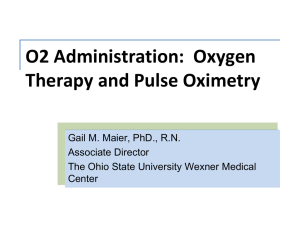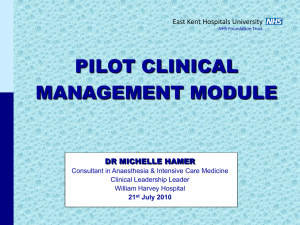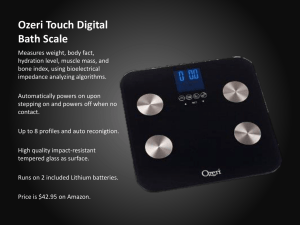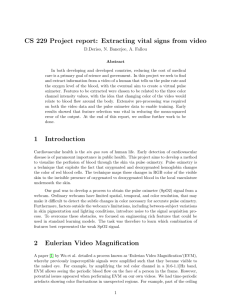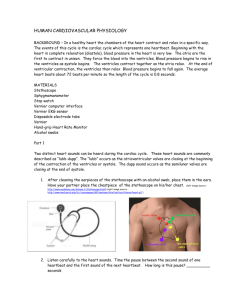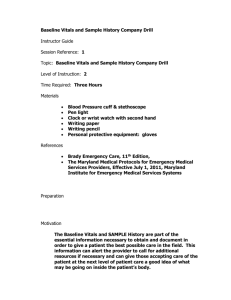ANAESTHETIC CRISIS MANAGEMENT
advertisement
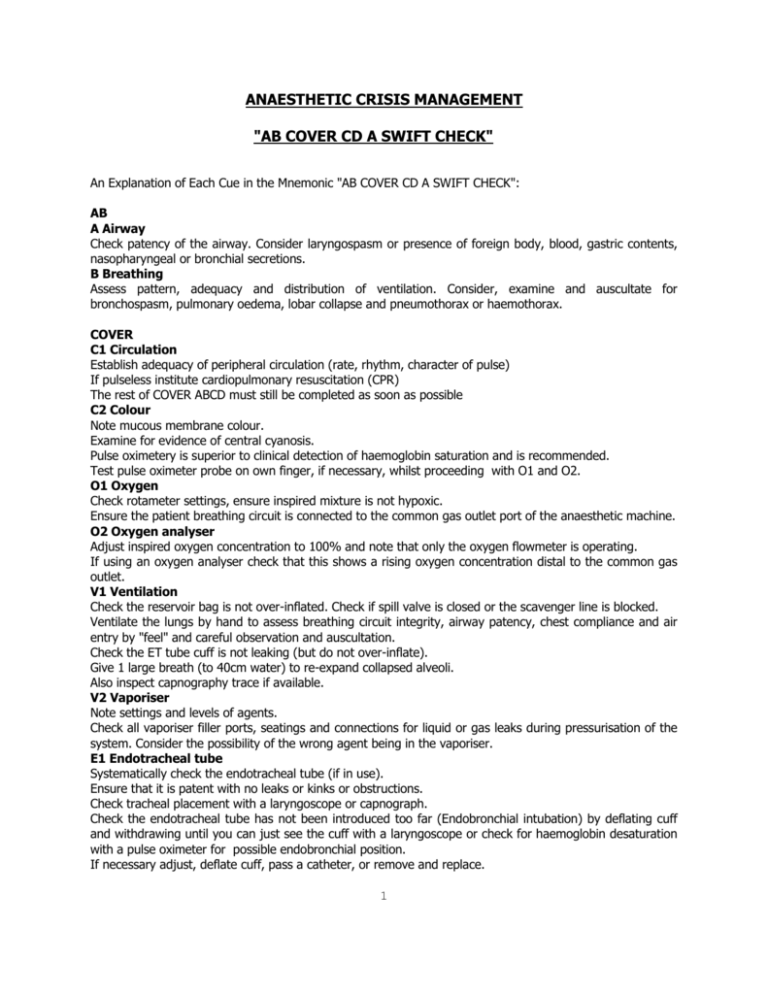
ANAESTHETIC CRISIS MANAGEMENT "AB COVER CD A SWIFT CHECK" An Explanation of Each Cue in the Mnemonic "AB COVER CD A SWIFT CHECK": AB A Airway Check patency of the airway. Consider laryngospasm or presence of foreign body, blood, gastric contents, nasopharyngeal or bronchial secretions. B Breathing Assess pattern, adequacy and distribution of ventilation. Consider, examine and auscultate for bronchospasm, pulmonary oedema, lobar collapse and pneumothorax or haemothorax. COVER C1 Circulation Establish adequacy of peripheral circulation (rate, rhythm, character of pulse) If pulseless institute cardiopulmonary resuscitation (CPR) The rest of COVER ABCD must still be completed as soon as possible C2 Colour Note mucous membrane colour. Examine for evidence of central cyanosis. Pulse oximetery is superior to clinical detection of haemoglobin saturation and is recommended. Test pulse oximeter probe on own finger, if necessary, whilst proceeding with O1 and O2. O1 Oxygen Check rotameter settings, ensure inspired mixture is not hypoxic. Ensure the patient breathing circuit is connected to the common gas outlet port of the anaesthetic machine. O2 Oxygen analyser Adjust inspired oxygen concentration to 100% and note that only the oxygen flowmeter is operating. If using an oxygen analyser check that this shows a rising oxygen concentration distal to the common gas outlet. V1 Ventilation Check the reservoir bag is not over-inflated. Check if spill valve is closed or the scavenger line is blocked. Ventilate the lungs by hand to assess breathing circuit integrity, airway patency, chest compliance and air entry by "feel" and careful observation and auscultation. Check the ET tube cuff is not leaking (but do not over-inflate). Give 1 large breath (to 40cm water) to re-expand collapsed alveoli. Also inspect capnography trace if available. V2 Vaporiser Note settings and levels of agents. Check all vaporiser filler ports, seatings and connections for liquid or gas leaks during pressurisation of the system. Consider the possibility of the wrong agent being in the vaporiser. E1 Endotracheal tube Systematically check the endotracheal tube (if in use). Ensure that it is patent with no leaks or kinks or obstructions. Check tracheal placement with a laryngoscope or capnograph. Check the endotracheal tube has not been introduced too far (Endobronchial intubation) by deflating cuff and withdrawing until you can just see the cuff with a laryngoscope or check for haemoglobin desaturation with a pulse oximeter for possible endobronchial position. If necessary adjust, deflate cuff, pass a catheter, or remove and replace. 1 E2 Elimination Eliminate the anaesthetic machine and ventilate with self-inflating (eg Air Viva) bag with 100% oxygen (from alternative source if necessary). Retain gas monitor sampling port (but be aware of possible problems). R1 Review monitors Review all monitors in use. (Preferably oxygen analyser, capnograph, oximeter, blood pressure, electrocardiograph (ECG), temperature and neuromuscular junction monitor). For proper use, the algorithm requires all monitors to have been correctly sited, checked and calibrated. R2 Review equipment Review all other equipment in contact with or relevant to the patient (eg. diathermy, humidifiers, heating blankets, endoscopes, probes, prostheses, retractors and other appliances). CD C Circulation Repeat evaluation of peripheral perfusion, pulse, blood pressure, ECG and any possible obstruction to venous return, raised intrathoracic pressure (eg surgeon leaning on thorax) or direct interference to the heart (eg stimulation by central line) or tamponade of the heart. Note any trends on records. D Drugs Review intended, and consider possible unintended, drug or substance administration. Consider whether the problem may be due to unexpected effect, a failure of administration or wrong dose, route or manner of administration of an intended or "wrong drug". Review all possible routes of drug administration. A Be Aware of Air (embolism, intrapleural air), Allergy and Anaphylaxis SWIFT CHECK SWIFT CHECK of patient, surgeon, process and responses. Correlate the monitored physiological variables with the clinical situation. Specifically question the surgeon about what is being done Check the pre-operative assessment Check the medical record and all current medications Adapted from "Errors Incidents and Accidents in Anaesthetic Practice" Runciman W.B et al Anaesth Intens Care 1993; 21: 506-519 2



